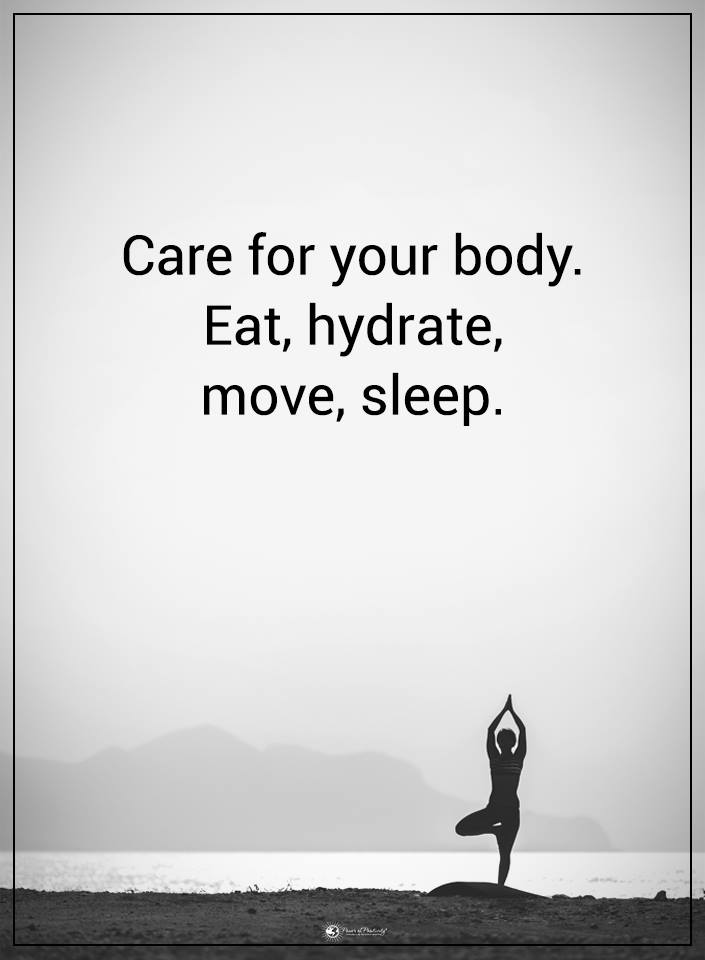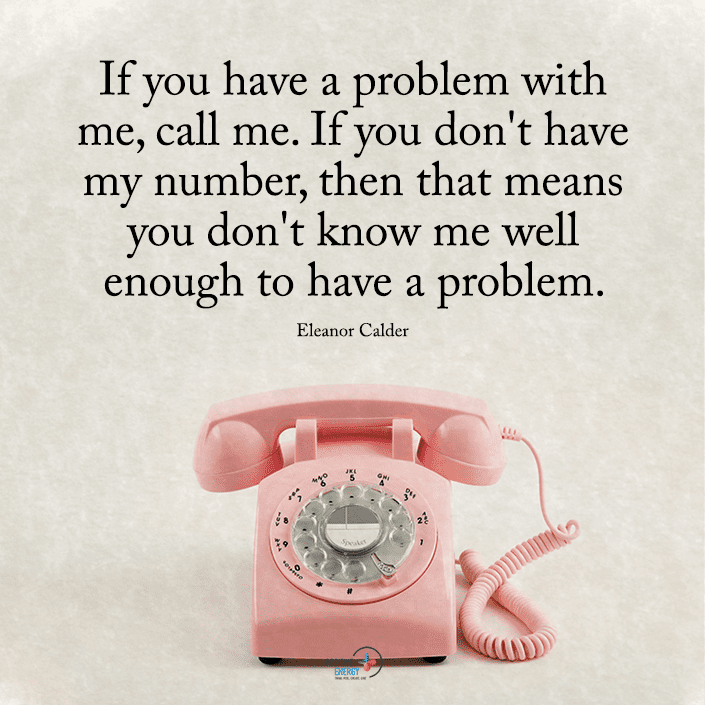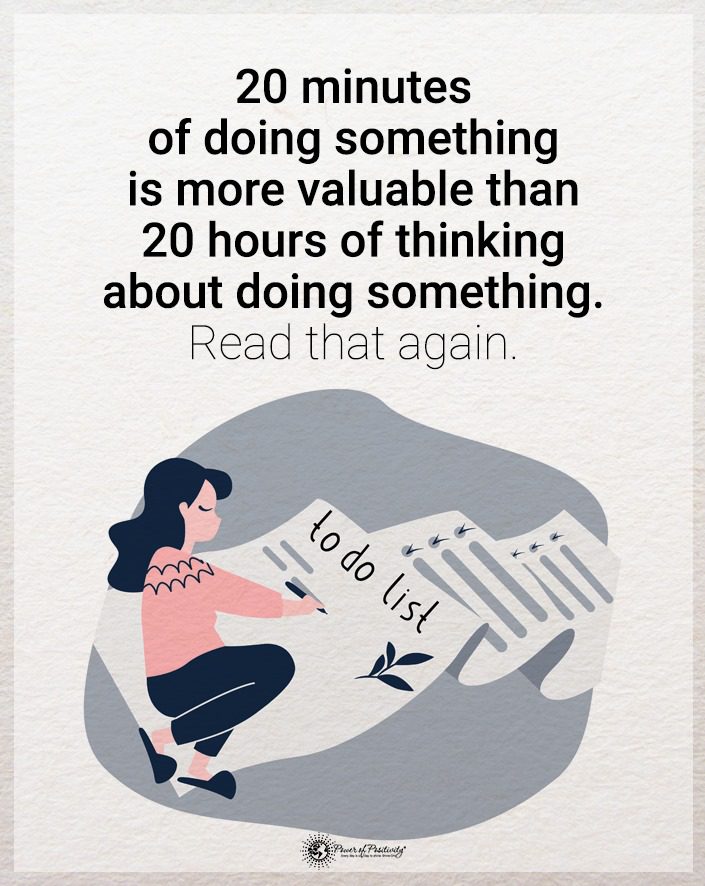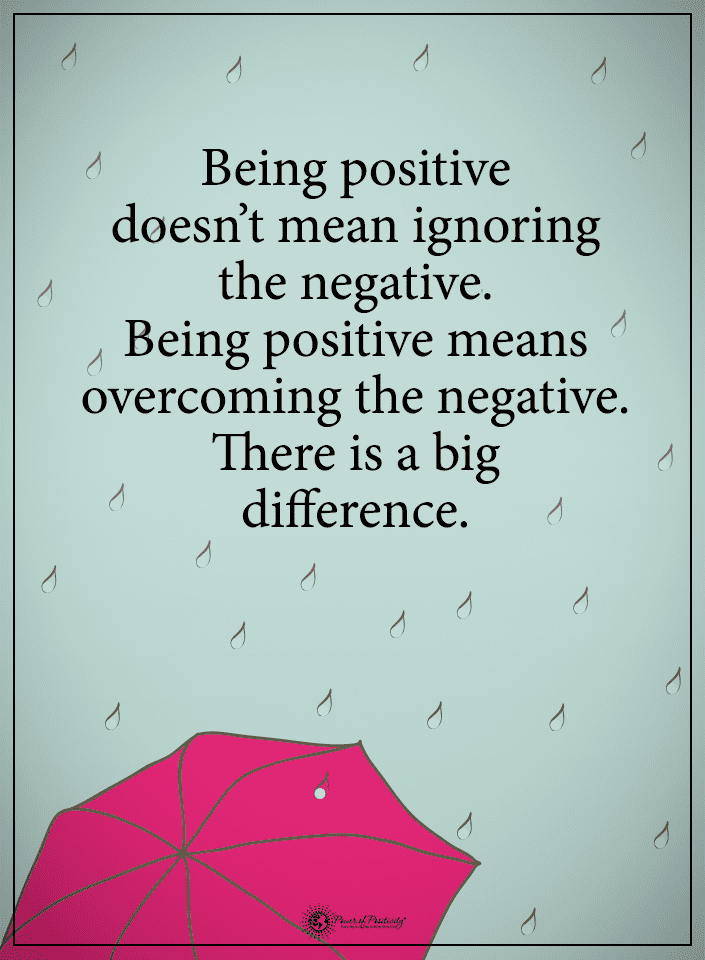If you’re dating a Cancer, you’ve likely fallen in love with their compassion, deep emotions, and loving nature. The crab may seem tough on the outside, but they’re secretly soft and cuddly like a teddy bear inside. However, their complex, sensitive souls need to feel safe, so they often hide in their shells until they’re comfortable around someone. Born between June 21 to July 22, the empathetic crab has a heart bigger than their body and always puts others first. Those with this horoscope have a nurturing, motherly quality that makes others feel safe and protected around them.
This caring zodiac sign may seem like they have their heads in the clouds, but that’s their way of seeing the world. Cancers have a highly creative, imaginative mind and enjoy hobbies like writing, drawing, or sightseeing. However, this dreamy nature can make it difficult for them to live in reality, so they need a partner to help ground them. When dating a Cancer, you’ll realize they have a robust domestic streak and feel best when they’re safe at home. They’re creatures of comfort and take pride in making their homes cozy for family and friends.
By understanding a Cancer in a relationship, you’ll have a harmonious long-term partnership with your crab lover.
Understanding the Cancer Sign
When dating a Cancer, it’s essential to understand their unique zodiac signs to deepen your relationship with them. You’ll receive many astrological insights by getting to know them intimately and seeing how their personality reflects their horoscope. Typical Cancer characteristics include emotional depth, a need for security, a caring disposition, and heightened intuition. In addition, they have a protective nature, terrific imagination, and appreciation for domestic life. You may also notice that your Cancer lover needs plenty of solitude to recharge from the hectic modern lifestyle.

#1: Cancer’s Emotional Nature
If you’re dating a Cancer, you’ll quickly notice their high sensitivity and empathy for all life. They consider every person, plant, and animal sacred, as everything has an essential purpose and role. However, their emotional depth can sometimes become a burden, as they tend to carry the world’s weight on their shoulders. They’re highly attuned to the planet’s many problems and can sometimes feel overwhelmed by the injustices everywhere. But, because they care so deeply about others’ suffering, they feel a calling to help however they can.
#2: Dating a Cancer Means Meeting Their Need for Security
A Cancer wears their heart on their sleeve and feels incredibly vulnerable to the world around them. Therefore, they need emotional security and stability in a relationship. The crab prefers long-term, stable relationships where they can entirely rely on their partner for reassurance and safety. If you’re dating a Cancer, Earth signs such as Virgo, Taurus, and Capricorn make excellent partners for the sensitive crab because they have a grounding, supportive quality.
#3: Their Nurturing and Caring Disposition
When dating a Cancer, remember their caring nature and supportive behavior. They will go the extra mile to ensure their partner receives plenty of emotional support during difficult times. You won’t find a more nurturing, compassionate lover than a Cancer! It comes naturally to them to care for others, as it makes them feel needed and gives them a purpose. They never like to focus too much on themselves, preferring to focus their energy on healing others.
#4: Protective of Loved Ones
You’ll quickly become accustomed to the loyalty and protectiveness of the crab when dating a Cancer. Their deep sense of devotion and faithfulness to their partner makes them an ideal person to have by your side. As one of the most domestic, family-oriented signs, a Cancer wants a long-term, committed partner rather than a casual relationship. They want someone interested in building a future with them who will stick around for the long haul.
#5: Dating a Cancer and an Appreciation for Domestic Life
You won’t find a more domesticated zodiac sign than Cancer, as they pride themselves on having a cozy, warm home. They believe the home should provide comfort and stability in an ever-changing world and want everyone to feel welcome in their humble abode. The crab prioritizes home life and family values above all else, and they want a partner who shares their appreciation for domestic life.
However, if you’re dating a Cancer, remember to respect their need for solitude and introspection. They prefer having a partner with a stable, regular job so they have plenty of time for quiet.
#6: Their Imaginative and Creative Mind
When dating a Cancer, you’ll notice they have a propensity for creativity and artistic pursuits such as writing, drawing, or photography. Their innate imagination and love of the arts drive them to alternative careers where they can control the creative process. They don’t like being micromanaged by a boss and would much rather work for themselves doing something that brings them joy. They’re not afraid to take risks and think outside the box when carving their path in life.
#7: Their Introverted Nature
By nature, Cancers are a brooding, solitary, introverted bunch of people, but they wouldn’t have it any other way. They may seem standoffish or aloof initially, but they need time to get to know people before feeling comfortable. Even when they come out of their shell, they still need quiet moments and privacy to maintain their energy. Their introversion makes them feel drained around people, so they find solace in retreating to nature or their cozy, safe home. This aspect of dating a Cancer may take time to adjust to, but respecting this vital part of their personality is essential. You can always try compromising with them when you want to go out and explore; they don’t mind adventuring once in a blue moon, after all!

Final Thoughts on Dating a Cancer Tips
When dating a Cancer, remember their unique traits such as great compassion, loyalty, emotional depth, need for security, imagination, introversion, and homebody tendencies. They make excellent partners because they have a nurturing, supportive quality and want someone to stand by them for the long haul. The traits of a Cancer in love include being overly protective of their partner and spoiling them with domestic bliss by cooking delicious meals and keeping a cozy, comforting home.
It’s important to honor and accept their personality and offer the emotional support they crave in return for their love and compassion. So, if you’re dating a Cancer, try to remain open and understanding of their needs, and they will give you unconditional love in return.

















